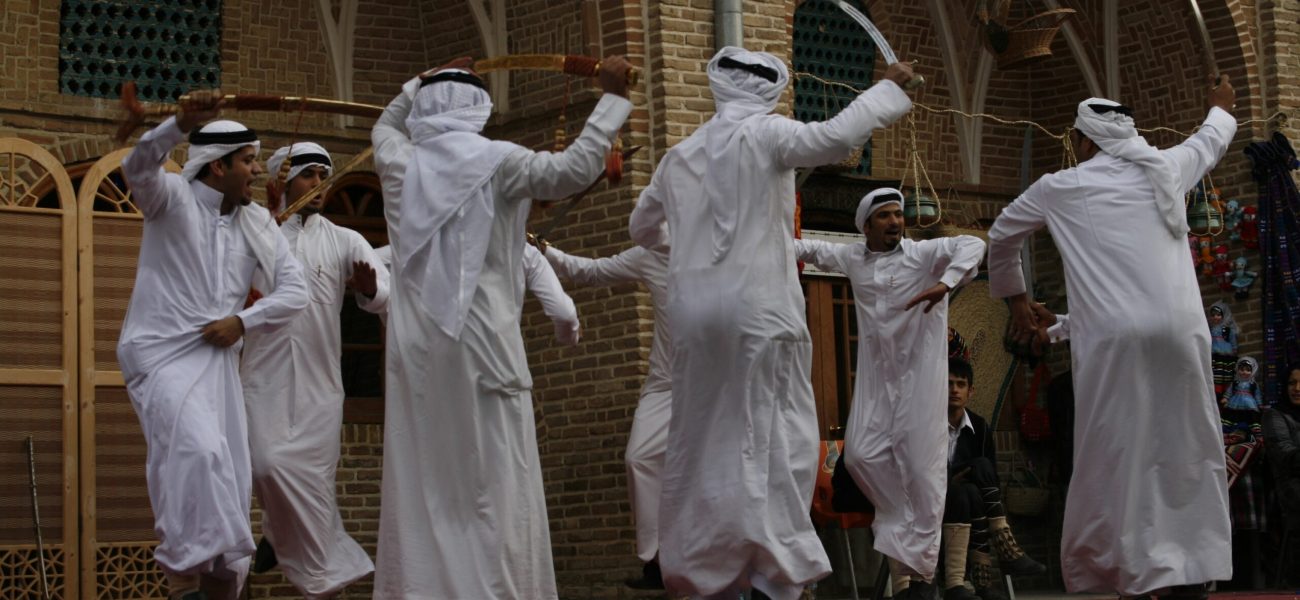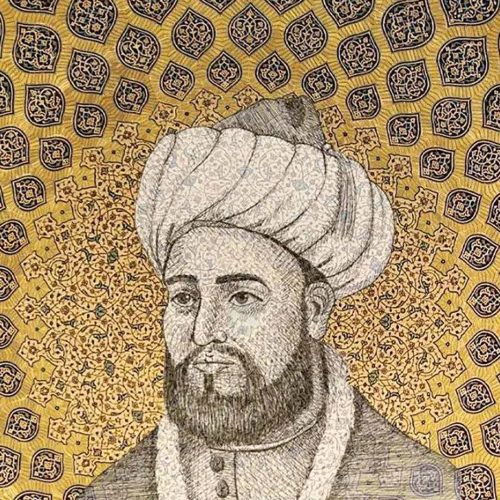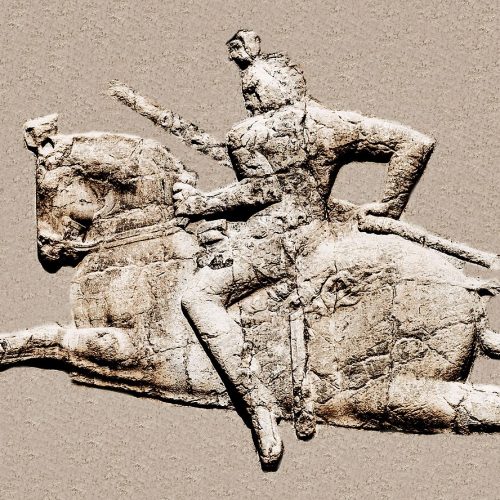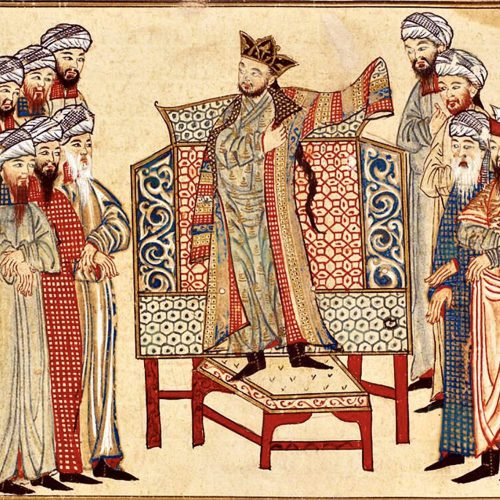Iranian Arabs, an integral part of Iran’s rich cultural mosaic, have contributed significantly to the country’s social, cultural, and historical landscape. This article delves into the history, genetics, regional distribution, and cultural practices of Iranian Arabs, highlighting their unique identities and contributions.
History
The history of Iranian Arabs is deeply intertwined with the broader historical narrative of Iran and the Middle East. Their presence in Iran dates back to ancient times, with significant historical events shaping their settlement and cultural evolution. This section will explore the multifaceted history of Iranian Arabs, from ancient interactions to modern political developments.
Early Settlement and Influence
The early settlement of Arabs in Iran can be traced back to the pre-Islamic era, with trade and cultural exchanges between the Arabian Peninsula and the Persian Empire. However, the most significant Arab influence began with the Islamic conquests of the 7th century. The Arab-Muslim armies, under the Rashidun Caliphate, conquered the Sassanian Empire, leading to the widespread settlement of Arabs in various parts of Iran.
- Islamic Conquest (7th Century):
- The Islamic conquest of Persia began in 633 AD, shortly after the death of Prophet Muhammad. Under the leadership of Caliphs Abu Bakr and Umar, Arab-Muslim armies rapidly expanded their territories, ultimately leading to the fall of the Sassanian Empire in 651 AD.
- The Battle of al-Qadisiyyah (636 AD) and the Battle of Nahavand (642 AD) were pivotal events that marked the defeat of the Sassanian forces. Following these victories, Arab tribes settled in the newly conquered regions, particularly in the southwestern parts of Iran.
- The city of Ahvaz, historically known as Hormozd-Ardashir, became a significant Arab settlement. It transformed into a bustling center of trade and learning, bridging the Arabian Peninsula with the Persian heartland.
- Abbasid Caliphate (8th-13th Century):
- The Abbasid Caliphate, established in 750 AD with its capital in Baghdad, further consolidated Arab influence in Iran. This period saw increased cultural and intellectual exchanges between Arabs and Persians.
- Many Iranian Arabs played crucial roles in the administration and cultural life of the Abbasid Empire. Persian scholars, scientists, and artists significantly influenced the cultural renaissance known as the Islamic Golden Age.
- The translation movement flourished during the Abbasid era, with scholars in Baghdad translating Greek, Persian, and Indian texts into Arabic. This intellectual endeavor facilitated the exchange of knowledge across the Islamic world, with Iranian Arabs contributing to advancements in fields such as mathematics, astronomy, and medicine.
- Safavid and Qajar Periods (16th-20th Century):
- During the Safavid dynasty (1501-1736), Iran saw the rise of Twelver Shia Islam as the state religion. This religious transformation influenced the practices of Iranian Arabs, most of whom are Shia Muslims.
- The Qajar dynasty (1789-1925) marked another significant period for Iranian Arabs, particularly in Khuzestan. The semi-autonomous status of Arab tribes in Khuzestan allowed them to maintain their cultural and political autonomy while contributing to regional governance.
- The 19th century saw increased European interest in Iran, leading to geopolitical maneuverings known as the Great Game. Khuzestan’s strategic importance and its Arab population became focal points in the Anglo-Persian and Russo-Persian relations.
Modern Era
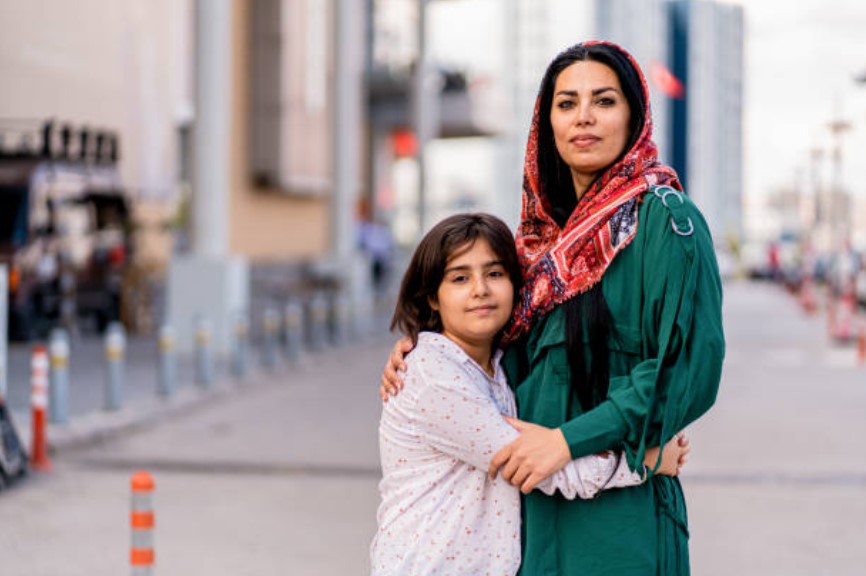
In the modern era, the political and social dynamics of Iranian Arabs have been shaped by significant historical events of the 20th century, including the Pahlavi dynasty, the Islamic Revolution, and the Iran-Iraq War.
- Pahlavi Dynasty (1925-1979):
- Reza Shah Pahlavi’s centralization policies aimed at creating a cohesive national identity led to tensions with ethnic minorities, including Iranian Arabs. The government’s efforts to homogenize Iranian society often suppressed ethnic and cultural identities in favor of a Persian-centric narrative.
- Despite these challenges, Iranian Arabs continued to preserve their cultural traditions and linguistic heritage. The Pahlavi era also saw infrastructural development in Khuzestan, including the expansion of the oil industry, which brought economic opportunities as well as demographic changes.
- Islamic Revolution (1979):
- The Islamic Revolution of 1979 marked a turning point in Iran’s history, bringing about significant political and social changes. The new Islamic Republic emphasized Islamic unity, which somewhat mitigated ethnic tensions.
- Iranian Arabs actively participated in the revolution, hoping for greater cultural and political rights under the new regime. The post-revolutionary government acknowledged the cultural diversity of Iran, leading to increased cultural expression among ethnic minorities, including Arabs.
- Iran-Iraq War (1980-1988):
- The Iran-Iraq War had a profound impact on Iranian Arabs, especially those in Khuzestan, which became a major battleground. The war caused significant displacement and destruction in Arab-majority regions, affecting the livelihoods and social structures of the local population.
- Despite the devastation, the war fostered a sense of national solidarity among Iranian Arabs, who fought alongside other Iranians to defend their country. This period also highlighted the strategic importance of Khuzestan’s oil resources, further intertwining the region’s fate with national interests.
- Post-War Reconstruction and Contemporary Developments:
- The post-war period focused on rebuilding and reconstructing war-torn regions, including Khuzestan. The Iranian government invested in infrastructure, healthcare, and education to restore normalcy and promote economic development.
- In recent years, Iranian Arabs have continued to navigate the complexities of national identity, cultural preservation, and socio-economic development. Local and national initiatives aim to address the needs and aspirations of the Arab community, fostering greater integration and representation.
Cultural Contributions and Identity
The rich history of Iranian Arabs is reflected in their cultural contributions and unique identity, which blend Arab and Persian influences.
- Literature and Poetry:
- Iranian Arab poets and writers have made significant contributions to Persian and Arabic literature. Their works often explore themes of identity, resistance, and cultural heritage, reflecting the complex interplay between their Arab roots and Iranian context.
- Notable figures include poets like Adib Boroumand and contemporary authors who write in both Persian and Arabic, showcasing the linguistic and cultural duality of Iranian Arabs.
- Religious and Spiritual Influence:
- Iranian Arabs have played a crucial role in the development and dissemination of Shia Islam. Many prominent Shia clerics and scholars have Arab origins, contributing to religious scholarship and practices in Iran and beyond.
- The holy cities of Najaf and Karbala in neighboring Iraq are significant pilgrimage sites for Iranian Arabs, reinforcing their religious and cultural connections across borders.
- Art and Architecture:
- The artistic heritage of Iranian Arabs includes traditional crafts, calligraphy, and architecture. The intricate designs of Arabesque patterns and geometric motifs in their art reflect a blend of Islamic and local influences.
- Architectural landmarks in Khuzestan, such as ancient water mills and mosques, embody the region’s historical significance and cultural resilience.
The history of Iranian Arabs is a testament to their resilience, adaptability, and enduring cultural identity. From ancient settlements and Islamic conquests to modern political transformations, Iranian Arabs have navigated complex historical landscapes while contributing to the rich tapestry of Iran’s cultural heritage. Their genetic diversity, regional distinctions, and cultural practices underscore the importance of recognizing and appreciating the multifaceted identity of Iranian Arabs within the broader context of Iranian society. As Iran continues to evolve, the contributions and experiences of Iranian Arabs will remain integral to the nation’s ongoing narrative.
Genetics
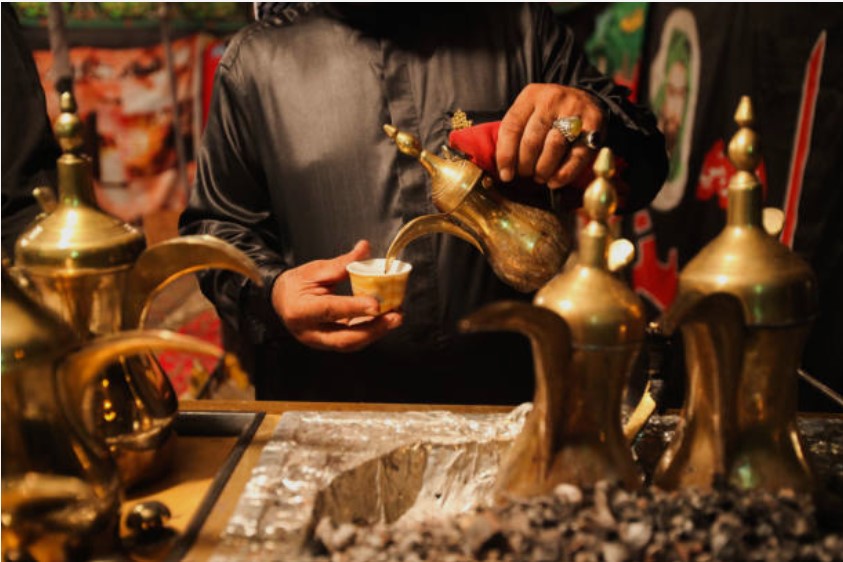
The genetic composition of Iranian Arabs reveals a complex tapestry of influences from various regions, reflecting their long history of migration, trade, and intermarriage. The genetics of Iranian Arabs show a blend of markers from the Arabian Peninsula, Persia, and Mesopotamia, illustrating their diverse ancestry and the extensive cultural and genetic exchanges that have shaped their identity over the centuries.
Genetic Studies and Findings
Genetic studies on Iranian Arabs indicate a mix of genetic markers, demonstrating their historical connectivity with different populations and regions. These studies encompass Y-chromosome analysis, mitochondrial DNA (mtDNA) studies, and autosomal DNA analysis, each providing unique insights into their genetic heritage.
- Y-Chromosome and Mitochondrial DNA (mtDNA) Studies:
- Y-Chromosome Studies:
- Y-chromosome studies trace paternal lineage and reveal that Iranian Arabs possess haplogroups common in the Arabian Peninsula, such as J1. This haplogroup is prevalent among Arab populations and signifies their paternal heritage.
- The presence of other Y-chromosome haplogroups, such as E1b1b and R1a, indicates historical interactions with North African and Eurasian populations. These genetic markers suggest periods of migration and intermarriage that have influenced the paternal lineage of Iranian Arabs.
- Mitochondrial DNA (mtDNA) Studies:
- Mitochondrial DNA studies, which trace maternal lineage, reveal a diverse array of haplogroups, including those common in the Middle East and Persia, such as H, U, and J. This diversity reflects historical intermarriage and the integration of different maternal lineages into the Iranian Arab population.
- The mtDNA diversity among Iranian Arabs points to a complex maternal ancestry, with influences from surrounding regions, highlighting the role of women in cultural and genetic exchanges over millennia.
- Y-Chromosome Studies:
- Autosomal DNA Analysis:
- Autosomal DNA represents the entire genome and provides a comprehensive view of genetic ancestry. Analysis of autosomal DNA in Iranian Arabs shows significant genetic overlap with other Middle Eastern populations, including Persians, Mesopotamians, and other Arab groups.
- The genetic diversity seen in autosomal DNA indicates a history of extensive genetic mixing, with Iranian Arabs sharing markers with populations from the Arabian Peninsula, the Levant, and Iran. This genetic blending is a testament to the region’s historical role as a crossroads of civilizations.
- Studies have also shown that Iranian Arabs have genetic affinities with populations from the Caucasus and Central Asia, reflecting historical trade routes and migration patterns that have brought diverse genetic influences into the region.
- Genetic Health and Disease Studies:
- Genetic studies on Iranian Arabs have also focused on health and disease prevalence, identifying specific genetic markers associated with hereditary diseases. Research in this area aims to improve healthcare outcomes by understanding the genetic basis of certain conditions prevalent in the community.
- For example, studies have identified genetic mutations linked to familial Mediterranean fever, a hereditary inflammatory disorder common in Middle Eastern populations, including Iranian Arabs. Understanding these genetic predispositions helps in developing targeted healthcare interventions and genetic counseling services.
Genetic Diversity and Cultural Identity
The genetic diversity of Iranian Arabs is closely linked to their cultural identity, illustrating the interconnectedness of genetic and cultural heritage. The interplay between genetic markers and cultural practices highlights the dynamic nature of their identity.
- Historical Migration and Trade:
- The genetic diversity of Iranian Arabs reflects their historical role as key participants in regional trade networks. The Persian Gulf, serving as a major trade route, facilitated interactions between Arab traders, Persian merchants, and other regional populations, leading to genetic and cultural exchanges.
- Historical records and genetic evidence suggest that Arab tribes from the Arabian Peninsula migrated to Iran, bringing with them their cultural practices and genetic heritage. Over time, these tribes intermarried with local populations, enriching the genetic and cultural fabric of the region.
- Integration and Assimilation:
- Iranian Arabs have historically integrated into the broader Iranian society while retaining distinct cultural and genetic identities. This integration is evident in the blend of genetic markers from various regions, reflecting intermarriage and assimilation processes.
- The preservation of cultural practices, such as language, music, and traditional crafts, alongside genetic evidence of diverse ancestry, underscores the ability of Iranian Arabs to maintain their unique identity within a multi-ethnic and multicultural society.
- Cultural Practices and Genetic Heritage:
- Cultural practices among Iranian Arabs, such as traditional marriage customs, have played a role in shaping their genetic heritage. Endogamy, or marrying within the community, has helped preserve specific genetic traits and haplogroups over generations.
- Conversely, exogamy, or marrying outside the community, has introduced new genetic markers, contributing to the genetic diversity observed in Iranian Arabs today. These marriage patterns reflect the community’s adaptability and openness to cultural and genetic exchanges.
Comparative Genetic Studies
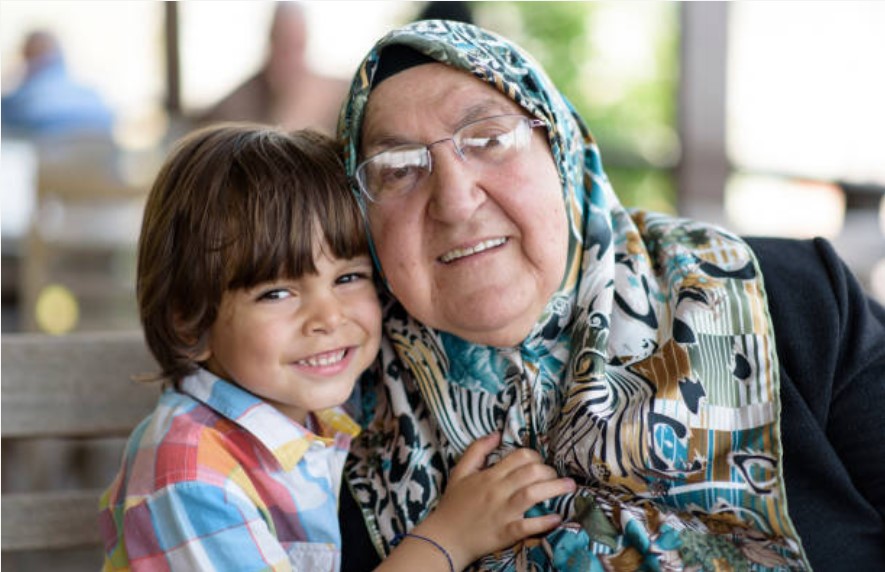
Comparative genetic studies between Iranian Arabs and other ethnic groups in Iran and the Middle East provide further insights into their unique genetic profile and historical connections.
- Comparison with Other Iranian Ethnic Groups:
- Comparative studies show that Iranian Arabs share some genetic markers with other Iranian ethnic groups, such as Persians and Kurds, indicating historical interactions and genetic mixing within Iran.
- Despite these shared markers, Iranian Arabs also exhibit distinct genetic signatures that set them apart, highlighting their unique historical and cultural experiences.
- Comparison with Arab Populations in the Arabian Peninsula:
- Genetic comparisons with Arab populations in the Arabian Peninsula reveal significant similarities, particularly in Y-chromosome haplogroups like J1. These similarities underscore the common paternal ancestry and historical connections between Iranian Arabs and their counterparts in the Arabian Peninsula.
- However, Iranian Arabs also exhibit genetic markers that are less common in the Arabian Peninsula, reflecting their integration with Persian and Mesopotamian populations.
The genetic composition of Iranian Arabs provides a window into their rich and diverse ancestry, shaped by historical migrations, trade, and cultural exchanges. Y-chromosome, mtDNA, and autosomal DNA studies reveal a blend of genetic markers from the Arabian Peninsula, Persia, Mesopotamia, and beyond, illustrating the interconnectedness of their genetic and cultural heritage. As a vital part of Iran’s ethnic mosaic, Iranian Arabs continue to embody a unique identity that reflects both their historical roots and their dynamic, evolving presence in contemporary Iranian society.
Regional Groups
The Iranian Arab population is spread across various regions of Iran, each with its own distinct cultural and social characteristics. These regional groups include Arabs in Khuzestan, Fars, and Khorasan. Each region has contributed uniquely to the overall tapestry of Iranian Arab culture, reflecting their distinct histories, traditions, and interactions with neighboring communities.
Khuzestan
Khuzestan, located in the southwest of Iran along the Persian Gulf, is home to the largest population of Iranian Arabs. This region has been historically significant due to its strategic location, abundant natural resources, and vibrant cultural heritage.
- Historical Background:
- Khuzestan’s history is deeply intertwined with the broader history of Iran and Mesopotamia. The region was part of the ancient Elamite civilization and later came under the control of various empires, including the Achaemenid, Parthian, and Sassanian Empires.
- The Arab conquest of Persia in the 7th century led to the settlement of Arab tribes in Khuzestan. These tribes played a crucial role in the region’s development, contributing to its agricultural and commercial prosperity.
- During the Abbasid Caliphate, Khuzestan became a center of trade and learning, attracting scholars, traders, and artisans from across the Islamic world. The region’s cities, such as Ahvaz and Shushtar, flourished as hubs of cultural and intellectual exchange.
- Economic Importance:
- Khuzestan is often referred to as the economic heart of Iran due to its vast oil reserves. The discovery of oil in the early 20th century transformed the region into a critical center for Iran’s oil industry, attracting significant investment and labor migration.
- In addition to oil, Khuzestan is known for its agricultural production. The region’s fertile plains, irrigated by the Karun River, support the cultivation of various crops, including sugarcane, wheat, and rice. Date palm groves are also a prominent feature of the landscape.
- Cultural Practices:
- The culture of Khuzestan’s Arabs is a rich blend of Arab and Persian influences. Traditional music and dance, such as the ‘dahira’ and ‘al-ardha,’ are integral to social and cultural gatherings. These performances often feature rhythmic drumming, poetry recitation, and sword dances, reflecting the region’s Arab heritage.
- Folk art and handicrafts, including weaving and embroidery, are also important cultural expressions. Women in Khuzestan often create intricate textiles and garments that showcase traditional designs and motifs.
- Social Dynamics:
- Khuzestan’s Arab population maintains a strong sense of community and cultural identity. Tribal affiliations and family ties play a significant role in social organization and local governance. Tribal leaders, or sheikhs, often act as intermediaries between the community and the government.
- The region has experienced various socio-political challenges, including tensions over resource distribution and cultural rights. Despite these challenges, Khuzestan’s Arabs have demonstrated resilience and adaptability, actively participating in Iran’s political and economic life.
Fars
Fars province, located in southern Iran, is another region with a notable Arab population. The Arab community in Fars has a distinct cultural identity shaped by centuries of interaction with Persian culture and other ethnic groups.
- Historical Background:
- The presence of Arabs in Fars dates back to the early Islamic period when Arab tribes migrated to the region following the Islamic conquest of Persia. Over time, these tribes settled in various parts of Fars, including the cities of Shiraz, Lar, and Jahrom.
- The region’s historical significance as the heartland of the Persian Empire influenced the cultural assimilation of Arab settlers. While maintaining their Arab identity, the Arabs of Fars adopted many aspects of Persian culture, language, and customs.
- Economic Contributions:
- The Arab community in Fars has traditionally been involved in agriculture, animal husbandry, and trade. The region’s diverse climate and fertile soil support the cultivation of fruits, grains, and vegetables. Livestock farming, particularly sheep and goat herding, is also an important economic activity.
- In urban areas, many Iranian Arabs in Fars engage in commerce and small-scale industries. The city of Shiraz, known for its vibrant bazaar, has historically been a center of trade and craftsmanship, with Arab merchants contributing to the local economy.
- Cultural Integration:
- The culture of Arabs in Fars reflects a synthesis of Arab and Persian elements. This is evident in their language, which often includes a mix of Arabic and Persian vocabulary, and in their customs and traditions, which blend influences from both cultures.
- Religious practices in Fars are predominantly Shia Islam, with the Arab community actively participating in religious ceremonies and festivals. The celebration of Muharram, the Islamic month of mourning for the martyrdom of Imam Hussein, is particularly significant and features processions, recitations, and rituals that are deeply rooted in Shia tradition.
- Social and Political Life:
- The Arab community in Fars is integrated into the broader social and political fabric of the province. They participate in local and national elections, hold governmental positions, and contribute to civil society organizations.
- Issues of cultural preservation and identity are important to the Arabs of Fars, as they seek to balance their Arab heritage with their Persian environment. Cultural festivals, language programs, and community organizations play a role in maintaining their unique identity.
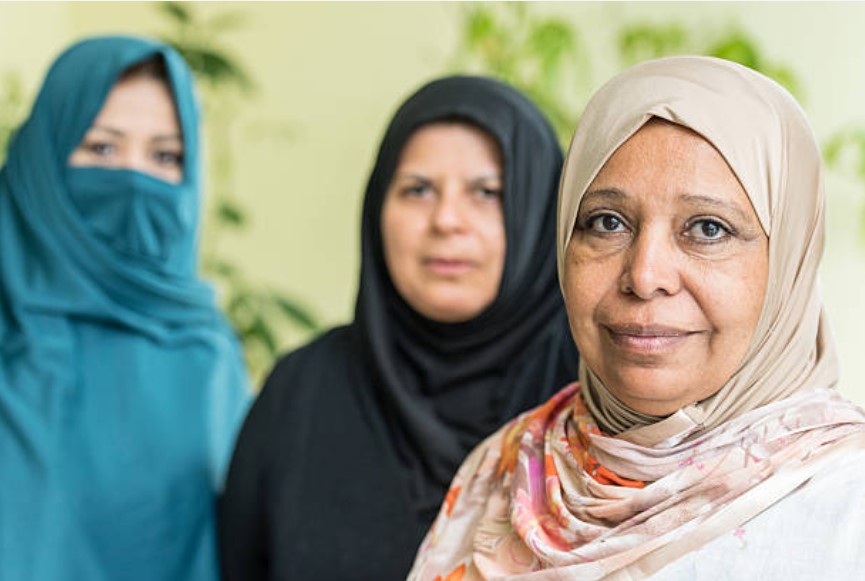
Khorasan
Khorasan, in northeastern Iran, is home to a smaller but historically significant Arab community. The region’s strategic location along the Silk Road has made it a crossroads of cultures, including Arab, Persian, and Central Asian influences.
- Historical Background:
- Arab presence in Khorasan dates back to the early Islamic period when Arab armies advanced into the region during the Umayyad and Abbasid caliphates. The establishment of Arab settlements in Khorasan facilitated the spread of Islam and the integration of Arab culture.
- The region’s cities, such as Nishapur and Mashhad, became important centers of learning and trade. Arab scholars, poets, and merchants contributed to the cultural and intellectual life of Khorasan, leaving a lasting legacy.
- Economic Activities:
- The economy of Khorasan’s Arab community has traditionally been based on agriculture, trade, and craftsmanship. The region’s fertile land and favorable climate support the cultivation of crops such as saffron, wheat, and barley. Khorasan is particularly famous for its high-quality saffron, often referred to as “red gold.”
- In addition to agriculture, Arab artisans in Khorasan have been involved in the production of textiles, ceramics, and metalwork. The region’s bazaars are known for their handicrafts and traditional goods, reflecting the diverse cultural heritage of Khorasan.
- Cultural Heritage:
- The cultural heritage of Khorasan’s Arabs is characterized by a blend of Arab and Persian traditions. This is evident in their language, literature, and religious practices. Many Arab families in Khorasan have preserved oral traditions and folklore that reflect their historical experiences and cultural values.
- Sufism has also played a significant role in the cultural and spiritual life of Khorasan. The region is home to several Sufi orders, and Arab mystics and poets have contributed to the development of Persian Sufi literature. The legacy of figures such as Attar of Nishapur highlights the region’s rich spiritual heritage.
- Social Integration:
- Khorasan’s Arab community is integrated into the broader social fabric of the region, participating in local governance, education, and economic activities. They maintain close ties with other ethnic groups, fostering a sense of regional identity and solidarity.
- Issues of cultural preservation and identity are important to the Arabs of Khorasan, who seek to balance their Arab heritage with the diverse cultural environment of the region. Community organizations, cultural festivals, and educational programs play a role in maintaining and celebrating their unique identity.
The regional diversity of Iranian Arabs reflects their historical migrations, economic activities, and cultural adaptations. From the oil-rich plains of Khuzestan to the agricultural heartlands of Fars and the cultural crossroads of Khorasan, Iranian Arabs have contributed significantly to the social, economic, and cultural life of their regions. Their ability to integrate while preserving their distinct identity highlights the dynamic and multifaceted nature of their heritage. As Iran continues to evolve, the regional groups of Iranian Arabs will remain an integral part of the nation’s cultural mosaic, enriching its diversity and contributing to its future.
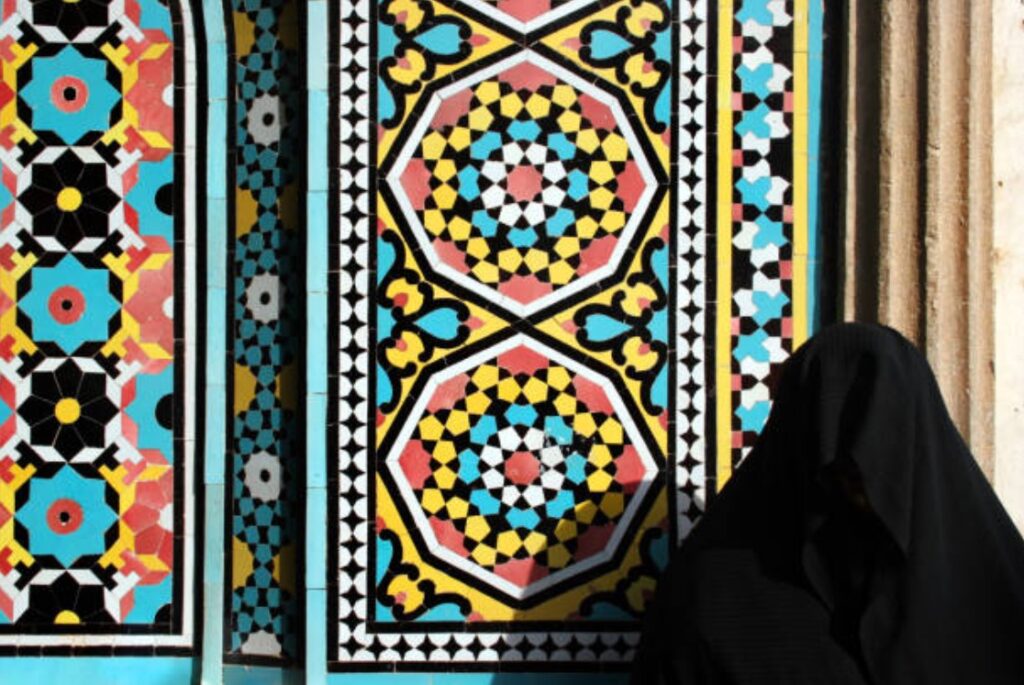
Culture of Iranian Arabs in Khuzestan
The culture of Iranian Arabs in Khuzestan is a vibrant blend of Arab, Persian, and local influences, reflected in their language, customs, music, and social practices.
- Language:
- Arabic is widely spoken in Khuzestan, alongside Persian. The local dialect of Arabic, known as Khuzestani Arabic, incorporates elements of Persian and other local languages, creating a unique linguistic blend.
- Efforts to preserve and promote the Arabic language include local media, educational programs, and cultural festivals.
- Traditional Music and Dance:
- Music and dance are integral to the cultural life of Khuzestan’s Arabs. Traditional music often features instruments like the oud, ney, and tabla, with melodies and rhythms reflecting both Arab and Persian influences.
- Folk dances, such as the sword dance and the dabke, are performed during weddings, festivals, and other celebrations, showcasing the community’s rich cultural heritage.
- Cuisine:
- The cuisine of Khuzestan’s Arabs is a flavorful fusion of Arab and Persian culinary traditions. Popular dishes include lamb and rice dishes, seafood, and a variety of spices and herbs.
- Traditional foods like machbous (spiced rice with meat) and samak (grilled fish) are staples at family gatherings and festive occasions.
Iranian Arab Women’s Costumes
The traditional costumes of Iranian Arab women are a vivid expression of cultural identity, combining elements of Arab and Persian attire.
- Traditional Dress:
- Iranian Arab women in Khuzestan typically wear colorful, flowing garments known as abayas, often adorned with intricate embroidery and beadwork. The abaya is both a practical and symbolic garment, reflecting modesty and cultural pride.
- Headscarves, known as hijabs, are commonly worn, with styles and fabrics varying according to age, social status, and occasion. Young women often prefer bright, patterned hijabs, while older women may choose more subdued colors.
- Adornment and Jewelry:
- Jewelry plays a significant role in traditional attire, with gold and silver pieces commonly worn. Earrings, necklaces, bracelets, and anklets are often intricately designed, showcasing local craftsmanship.
- Henna, used for body art, is a popular adornment for special occasions, particularly weddings. Intricate henna designs on the hands and feet are a traditional part of bridal preparations.
Fars
In the Fars province, a smaller but culturally significant population of Iranian Arabs can be found, particularly in the city of Shiraz and surrounding areas.
- Historical Presence:
- The Arab presence in Fars dates back to the early Islamic period, with Arab tribes settling in the region following the Islamic conquests. Over time, these communities integrated into the local population, adopting many Persian cultural practices while maintaining their Arab heritage.
- The region’s history of trade and cultural exchange has fostered a unique blend of Arab and Persian influences.
- Cultural Practices:
- The Arab communities in Fars celebrate a range of cultural festivals, often blending Arab and Persian traditions. Religious observances, such as Muharram and Ramadan, are marked with special ceremonies and communal gatherings.
- Traditional crafts, including weaving and pottery, are practiced by the Arab communities in Fars, reflecting a fusion of artistic techniques and motifs.
Khorasan
In the northeastern province of Khorasan, a distinct group of Iranian Arabs resides, known for their unique cultural practices and historical background.
- Historical Settlement:
- The Arab communities in Khorasan trace their origins to early Islamic settlers who arrived during the Abbasid period. These communities have historically played significant roles in trade and scholarship.
- Khorasan’s strategic location along the Silk Road facilitated cultural exchanges between Arabs, Persians, and Central Asians, enriching the local culture.
- Cultural Heritage:
- Khorasan’s Arab communities are known for their contributions to Persian literature and Sufism. Many prominent Persian poets and mystics, such as Attar of Nishapur, were influenced by Arab scholars and traders in the region.
- Traditional music and dance in Khorasan reflect a blend of Arab and Persian influences, with instruments like the tar and santur commonly used.
Demographics
The demographics of Iranian Arabs reveal their significant presence across various provinces and their contributions to Iran’s diverse ethnic landscape.
- Population Size and Distribution:
- Iranian Arabs are estimated to constitute around 2-3% of Iran’s total population, with the majority residing in Khuzestan, Fars, and Khorasan. Smaller communities can also be found in other provinces, including Tehran and Hormozgan.
- The demographic distribution reflects historical settlement patterns and migration trends, with significant urban and rural populations.
- Socio-Economic Status:
- The socio-economic status of Iranian Arabs varies widely, with many engaged in agriculture, trade, and industry. In Khuzestan, the oil industry plays a crucial role in the local economy, providing employment and contributing to regional development.
- Despite economic opportunities, some Iranian Arabs face challenges related to infrastructure, education, and healthcare, particularly in rural areas. Government initiatives and local programs aim to address these disparities and promote socio-economic development.
Iranian Arabs, with their rich history, diverse genetic heritage, and vibrant cultural practices, are an integral part of Iran’s social fabric. From the historical settlements in Khuzestan to the unique cultural blends in Fars and Khorasan, Iranian Arabs have maintained their distinct identity while contributing to the broader Iranian culture. Their demographic presence and socio-economic contributions underscore their importance in the country’s past, present, and future. As Iran continues to navigate its complex ethnic and cultural landscape, the Iranian Arab community remains a vital and influential part of its national identity.

